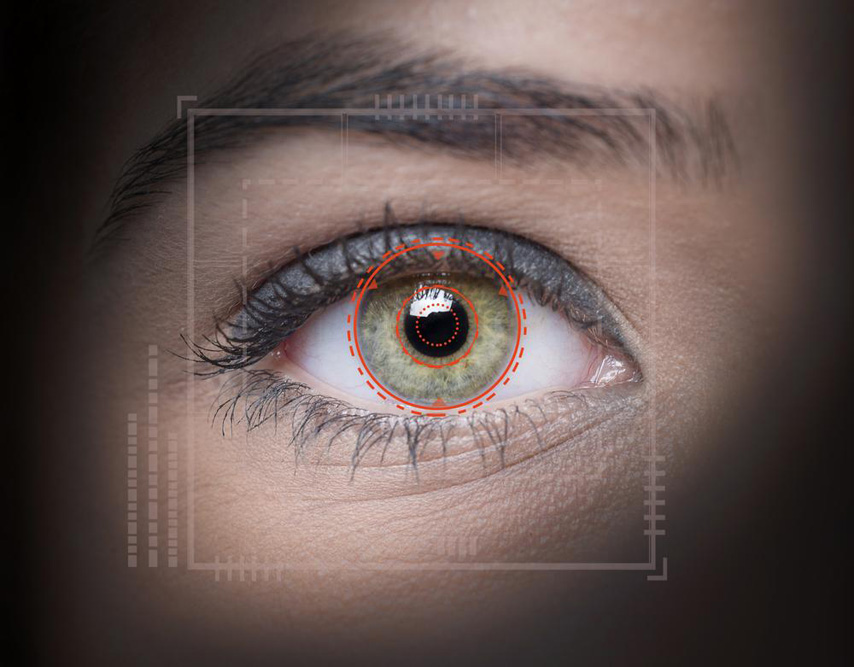How does the retina work?
Retina is the screen on the inner layer of eye on which the images are formed by the lens and what is projected on them. The eye is very similar in structure and function to a modern digital camera. Retina, a thin membrane in the eye, is full of nerve supply resting on a highly vascular layer.

The nerves convert the light falling on it into electric signals through a series of chemical-electrical reactions and is transmitted via the optic nerve to the brain for interpretation. In front of the eye is a self-adjusting lens over which is a diaphragm called iris which regulates the light entering the eye, while the lens automatically adjusts its focal length to some extent. The focusing is done by the muscular wall of the eyeball. There is a transparent cover to the lens called the cornea.It is clear that the most important part of the eye is the retina.
The retina covers about 65% of the inner area of the eyeball. It consists of 3 layers of neural cells: starting from the inside are the ganglion cells, a middle layer of bipolar cells and an outer layer of photosensitive cone and rod cells and the retinal pigment epithelium layer. These 3 layers are attached to the inner wall of the eyeball called the choroid inside the outer layer sclera, the visible white portion.
Roughly about a 125 million of photosensitive cells (0.002mm in diameter) are inter-mingled non-uniformly over the retina. The rods are the more sensitive to light than the cones, but are incapable of discerning color and the images they form are not well defined. On the other hand, 6 to7 million cones (0.006mm diameter) can be taken as a separate overlapping layer of slow acting color film. It gives color discerned, well-defined images in bright light.
In the middle of the retina is a depression called the macula or the macula lutea or the yellow spot’. In the middle of the macula is the fovea centralis or fovea. This gives the sharpest images of the highest color perception possible and is the center of direct vision. As it has only cones, it is less light sensitive.This small area has about 30,000 cones connected to individual neurons. Very close to this spot is the blind spot from where the optic nerve departs. The rods, unlike the cones, are connected to nerves and a single nerve fiber can be activated by any one of the hundred rods.











